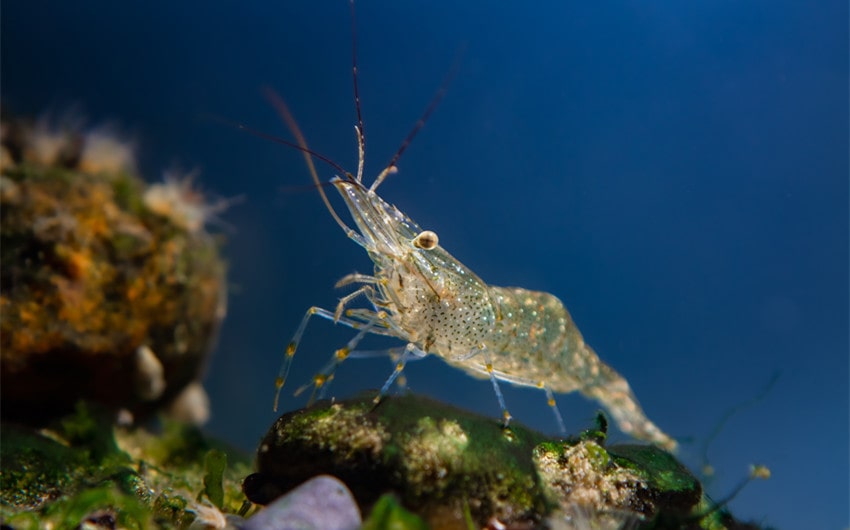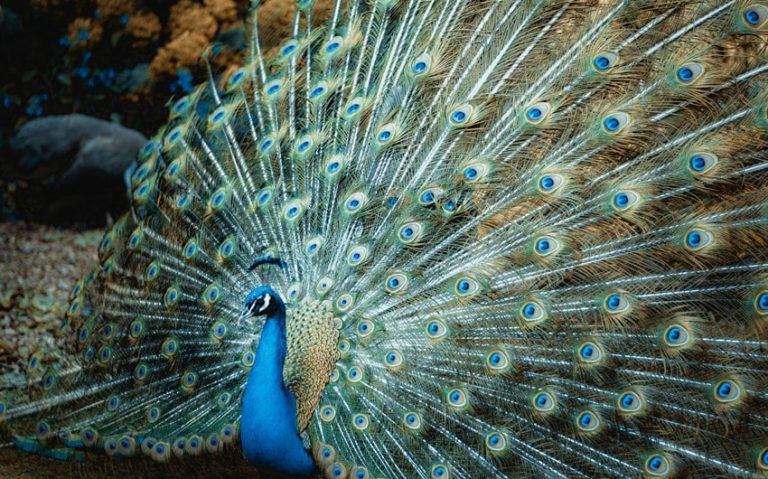Are Shrimps Bugs: 5 Differences Between Shrimps and Insects
Many people find themselves wondering, are shrimps bugs? Given their small, segmented bodies and exoskeletons, shrimps do have a “bug-like” appearance that leads to confusion. While they may resemble certain insects at first glance, shrimps actually belong to a different group within the animal kingdom.
Understanding what makes shrimps unique, as well as the similarities and differences they share with bugs, can shed light on why they’re sometimes called “sea bugs.” Let’s dive into the science behind these fascinating creatures and see where they truly belong in the world of classification.
Understanding the Term “Bug”
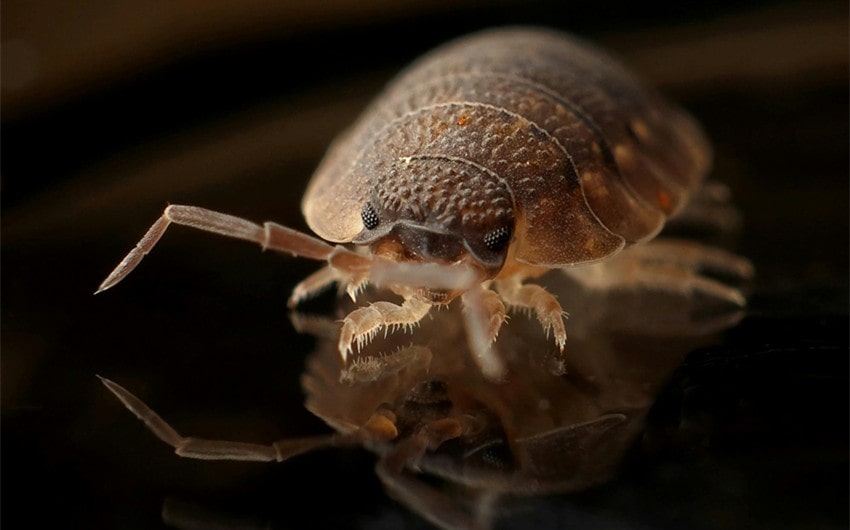
The term “bug” is widely used but often misunderstood, as it has different meanings depending on whether it’s used in casual language or scientific classification. To determine if shrimps qualify as bugs, it’s helpful to look at both perspectives.
Defining Bugs in Everyday Language
In everyday speech, “bug” is an informal term used to describe small, crawling creatures. It’s often used interchangeably with words like “insects” or “pests,” and it includes any small creature that people commonly find creepy or bothersome. Because of this broad use, many small, exoskeleton-bearing animals—including spiders, beetles, and even shrimps—are sometimes casually referred to as “bugs.” This casual usage isn’t scientifically accurate but reflects how people generally categorize various tiny, multi-legged animals.
Scientific Definition of a Bug
In scientific terms, however, the word “bug” has a much more specific meaning. True bugs belong to a particular order of insects called Hemiptera. This group includes species like aphids, cicadas, and shield bugs. True bugs have a few defining characteristics that separate them from other insects.
What Are Shrimps?
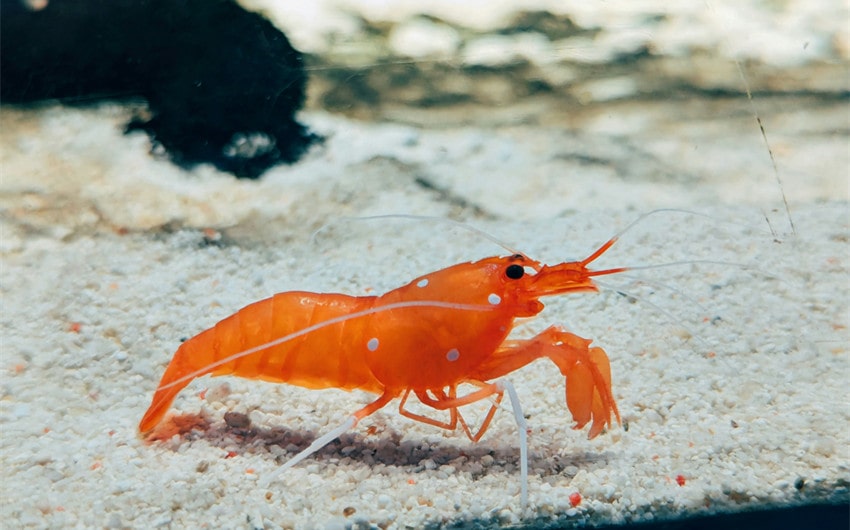
Shrimps are aquatic creatures classified under the order Decapoda within the Malacostraca class, making them crustaceans alongside crabs and lobsters. Although they share certain features with insects, such as segmented bodies and exoskeletons, shrimps differ significantly in their classification and physical structure.
Key Differences Between Shrimps and Insects
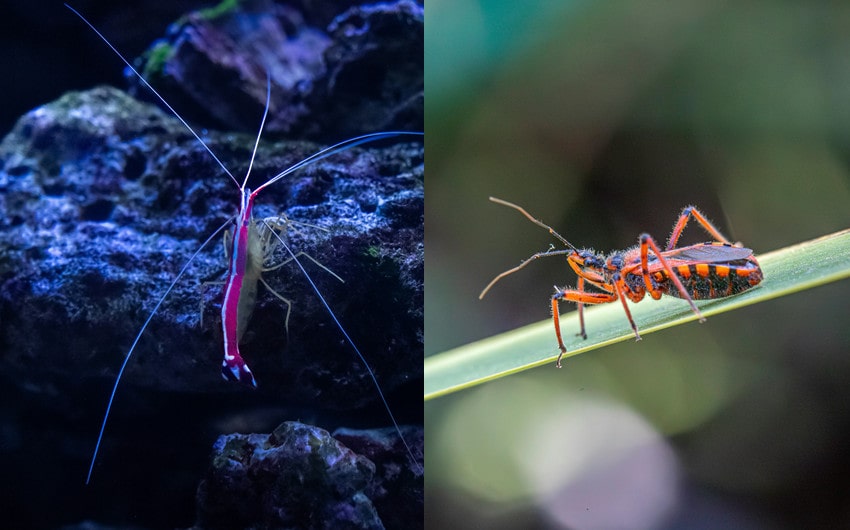
To answer the question “Are shrimps bugs?” it’s essential to examine the distinct differences between shrimps and insects. Although shrimps may share certain physical features with insects, such as their segmented bodies and exoskeletons, they belong to separate groups in the animal kingdom, each with unique characteristics that set them apart.
1. Classification and Taxonomy
Shrimps are classified as crustaceans, specifically within the order Decapoda, while insects belong to a different classification within the arthropods. Insects are part of the class Insecta, while shrimps fall under the class Malacostraca. This difference places shrimps alongside creatures like crabs and lobsters, not bugs or insects.
Scientifically, the term “bug” actually refers to a specific order within the insect class, known as Hemiptera, which includes true bugs like aphids, cicadas, and shield bugs. Shrimps do not belong to this group, so they are not considered “bugs” in the scientific sense.
2. Habitat and Respiratory System
Shrimps are aquatic creatures, living exclusively in water environments like oceans, rivers, and lakes. They breathe using gills, which allow them to extract oxygen directly from water.
In contrast, insects are primarily terrestrial and breathe through a system of tubes called tracheae, which deliver oxygen directly to their tissues from the air. This difference in respiratory systems reflects their adaptation to land versus aquatic life, underscoring a fundamental separation between the two groups.
3. Number of Legs and Body Structure
Shrimps have ten legs (five pairs), which is characteristic of all members of the Decapoda order. Their legs are adapted for swimming and crawling along the ocean floor, and some pairs may be modified into claws or specialized feeding appendages.
Insects, on the other hand, have six legs (three pairs) attached to their thorax, a defining trait of all insects in the Insecta class. This difference in leg number is one of the most straightforward ways to distinguish a shrimp from an insect and highlights their distinct evolutionary paths.
4. Exoskeleton and Molting Process
Both shrimps and insects have an exoskeleton that provides protection and structure, but there are differences in how they grow. Shrimps periodically shed their exoskeleton in a process called molting, which allows them to grow larger. This process is common in aquatic crustaceans and reflects their life cycle.
While insects also molt, their exoskeleton is often more rigid and suited to life on land. Insects may undergo metamorphosis as they mature, changing from larval stages to adult forms. Shrimps, however, go through a series of larval stages in the water that differ significantly from insect development.
5. Role in the Ecosystem
Shrimps serve a crucial role in aquatic ecosystems as scavengers, feeding on algae, plankton, and decaying matter, which helps recycle nutrients and support the food web. They are a key food source for many larger marine animals.
Insects occupy various ecological niches on land, including roles as pollinators, decomposers, and prey for other animals. While both insects and shrimps contribute to their respective ecosystems, their functions differ based on their habitats and behaviors.
Are Shrimps Bugs?
While shrimps share some structural similarities with insects, they do not meet the scientific criteria to be classified as bugs. True bugs belong to a specific order of insects, and shrimps, as crustaceans, are classified in an entirely different group within the arthropods.
Culturally, shrimps may sometimes be referred to as “sea bugs” due to their appearance and scavenger role, but scientifically, they are not bugs. The term “bug” is commonly used to describe small, unfamiliar creatures, which is why shrimps may get grouped under this label. However, based on biological classification, shrimps are distinctly different from both insects and bugs.

